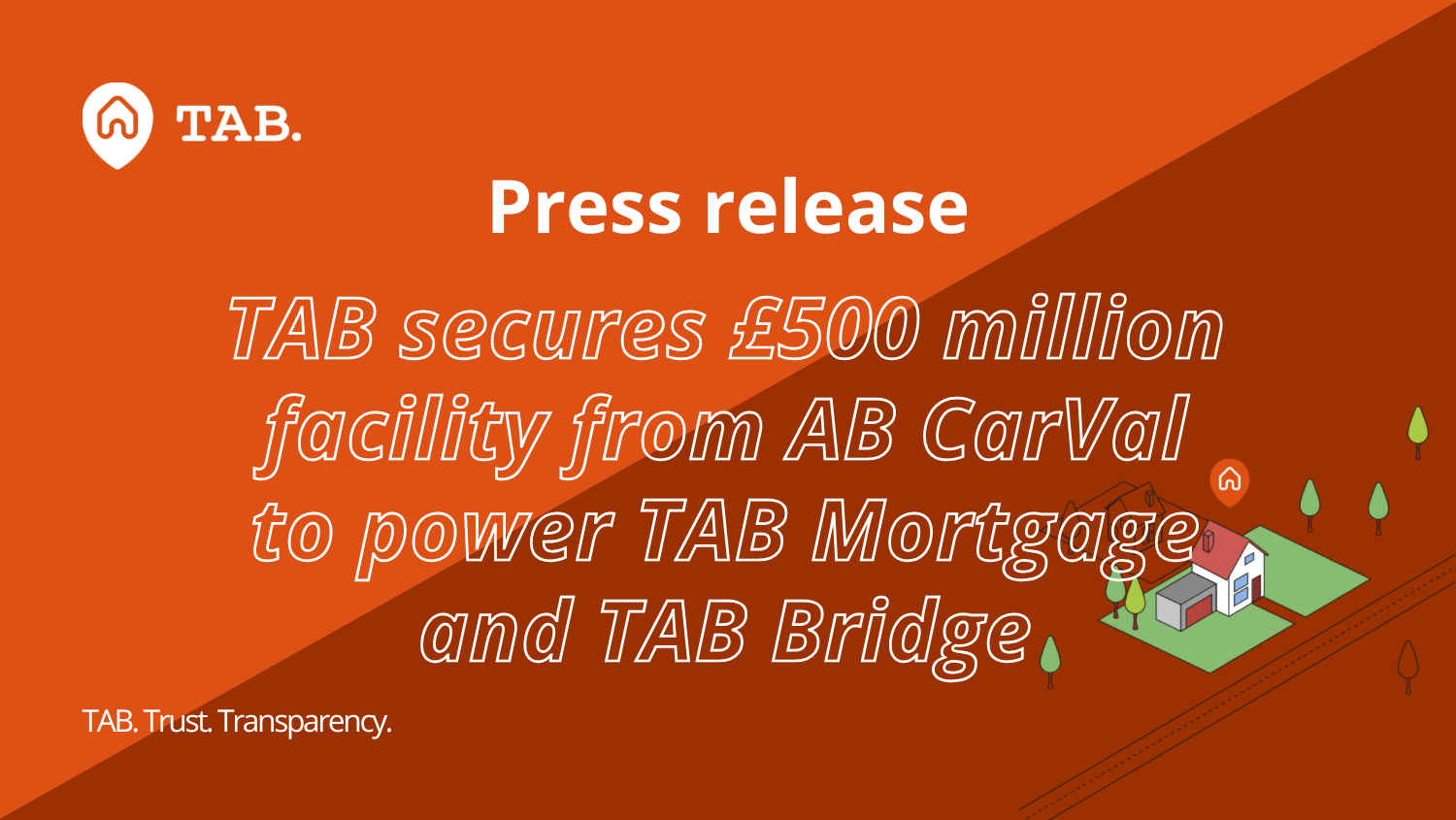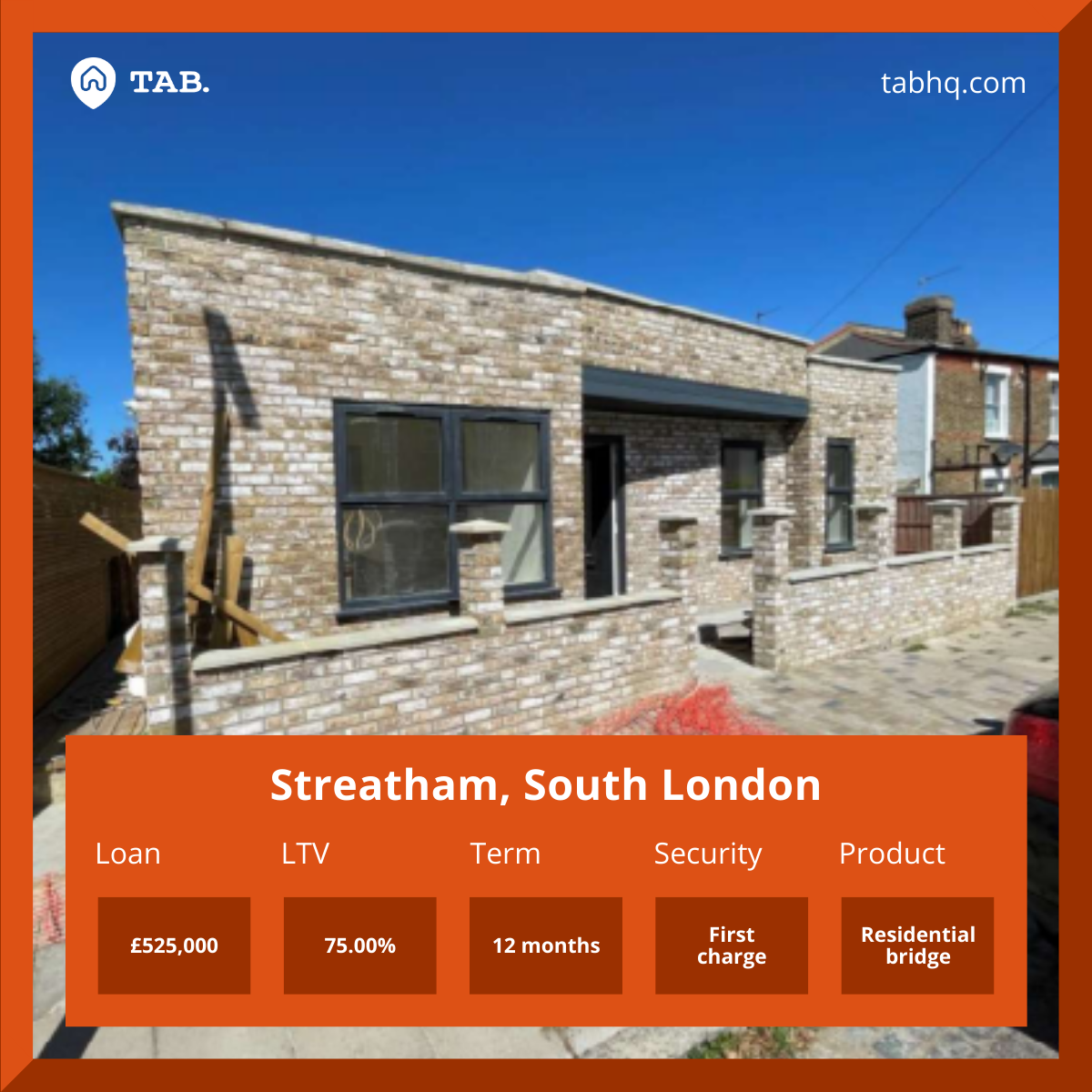Second charge bridging loans
TAB’s second charge residential loans are secured against UK residential properties. Second charge loans allow you to borrow money on a second charge legal basis. This means that you can take another loan out on a property providing there is enough equity to pay your existing first charge, and the second charge loan. Second charge loans are often used for the redevelopment of existing properties or the purchase of an investment property.
TAB lends directly to borrowers and through intermediaries. We offer second charge loans up to 70% of the valuation of your project, including the cost of borrowing. There are no exit fees, and we do not lend against your principal residence.
TAB loans are unregulated. Any property used as security is at risk of repossession if you do not keep up with your payments.
Second charge residential loans product details
Other charges may apply
How it works
Borrower applies
Following an initial enquiry, borrowers apply for a loan through our application process.
Decision made
Our team undertakes their due diligence and underwriting process on the borrower and the security property. Terms are then agreed.
Perfect match
The loan is then matched with investors on the TAB platform. Funds are typically available within just 14 days.







































